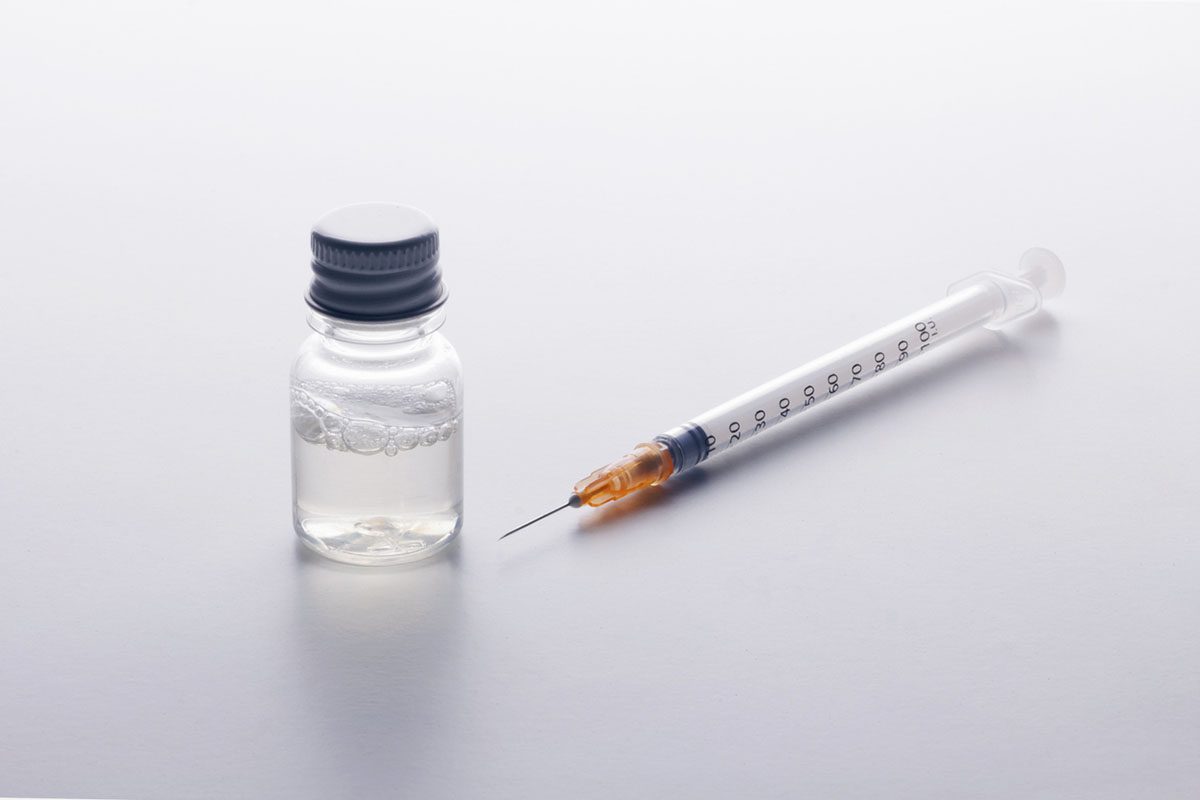Misconceptions About the Safety of Ingesting Methanol-Based Solid Fuels: A Case Report
To the Editor: Consumption of nonbeverage ethanols, such as hand-sanitizers, mouthwash, hairspray, aftershave lotion, cold remedies, and fuel, for the purpose of intoxication has been reported in the literature.1 Consumption of nonbeverage alcohols, such as ethylene glycol, isopropanol, and methanol, has also been reported, although the majority of such instances occur in the context of accidental ingestions by children.2 Of those individuals ingesting methanol intentionally, a significant portion do so for the purposes of a suicide attempt.3 We present here a case of a man who intentionally ingested methanol-based fuel for intoxication due to his erroneous belief that such fuels are harmless.
Case report. Mr A, a 50-year-old white man with a history of alcohol dependence and no other significant medical history, presented to a general hospital in 2009 with complaints of blurred vision, nausea and vomiting, headaches, and difficulty walking that had worsened over the previous several days. On examination, he was found to be in profound metabolic acidosis with an anion gap, a negative serum ethanol level, and a serum methanol level of 89 mg/dL. Neurologic examination showed almost complete blindness in both visual fields, bilaterally nonreactive pupils, and no blink to threat. Computed tomography scan of the head showed bilateral hemorrhagic putaminal infarcts.
He received fomepizole and 2 courses of hemodialysis for presumed methanol ingestion. Upon further questioning, the patient admitted he had ingested several cans of methanol fuel, identified as FancyHeat Methanol Blue with methanol content of 70%. He admitted to knowing he was ingesting methanol, but did not believe the warnings printed on the label based on his prior experiences with other solid fuels. He denied that the ingestion was a suicide attempt. He remained almost completely blind during the hospital stay, and his vision loss was likely to be permanent according to the neurology consultant.
While most intentional methanol ingestions appear to be due to inhalation of volatile vapors, consumption of solid fuels for the purpose of intoxication has also been noted in the literature.4 The patient was aware of the dangers of consuming methanol, but was under the mistaken belief that consuming canned fuels (even those containing methanol) is not dangerous, based on his prior episodes of nonbeverage alcohol or nonbeverage ethanol consumption. Some brands of solid fuel, sold for chafing dishes or camping stoves, are composed almost entirely of ethanol (Sterno), while others contain mostly methanol (FancyHeat). Although ethanol-based solid fuels are “denatured” and contain small quantities (3%-4%) of methanol, ingestion rarely leads to methanol toxicity because ethanol will competitively inhibit the bioactivation of methanol by alcohol dehydrogenase.5 Therefore, his prior experiences with ethanol-based solid fuels likely did not result in significant problems, leading him to believe in the safety of alcohol-based solid fuels. This case illustrates how such an erroneous belief can lead to devastating effects. Clinicians should correct any misconceptions patients have about the toxicity of nonbeverage alcohols and nonbeverage ethanols and provide education when appropriate.
References
1. Khan F, Alagappan K, Cardell K. Overlooked sources of ethanol. J Emerg Med. 1999;17(6):985-988. PubMed doi:10.1016/S0736-4679(99)00134-1
2. Bronstein AC, Spyker DA, Cantilena LR, et al. 2007 Annual Report of the American Association of Poison Control Centers’ National Poison Data System. Clin Toxicol (Phila). 2008;46(10):927-1057. PubMed
3. Givens M, Kalbfleisch K, Bryson S. Comparison of methanol exposure routes reported to Texas poison control centers. West J Emerg Med. 2008;9(3):150-153. PubMed
4. McMahon DM, Winstead S, Weant KA. Toxic alcohol ingestions: focus on ethylene glycol and methanol. Adv Emerg Nurs J. 2009;31(3):206-213. PubMed
5. Jacobsen D, McMartin KE. Methanol and ethylene glycol poisonings. Mechanism of toxicity, clinical course, diagnosis and treatment. Med Toxicol. 1986;1(5):309-334. PubMed
Author affiliations: Harvard Medical School (both authors); Department of Psychiatry, Brigham and Women’s Hospital (Dr Suzuki); and Department of Psychiatry, Massachusetts General Hospital (Dr Tyson), Boston, Massachusetts.
Potential conflicts of interest: None reported.
Funding/support: This report was supported in part by the Norman E. Zinberg Fellowship in Addiction Psychiatry Research and the Livingston Fellowship, Department of Psychiatry, Harvard Medical School, Boston, Massachusetts (Dr Suzuki).
Published online: April 28, 2011 (doi:10.4088/PCC.10l01085).
Prim Care Companion CNS Disord 2011;13(2):e1
© Copyright 2011 Physicians Postgraduate Press, Inc.




